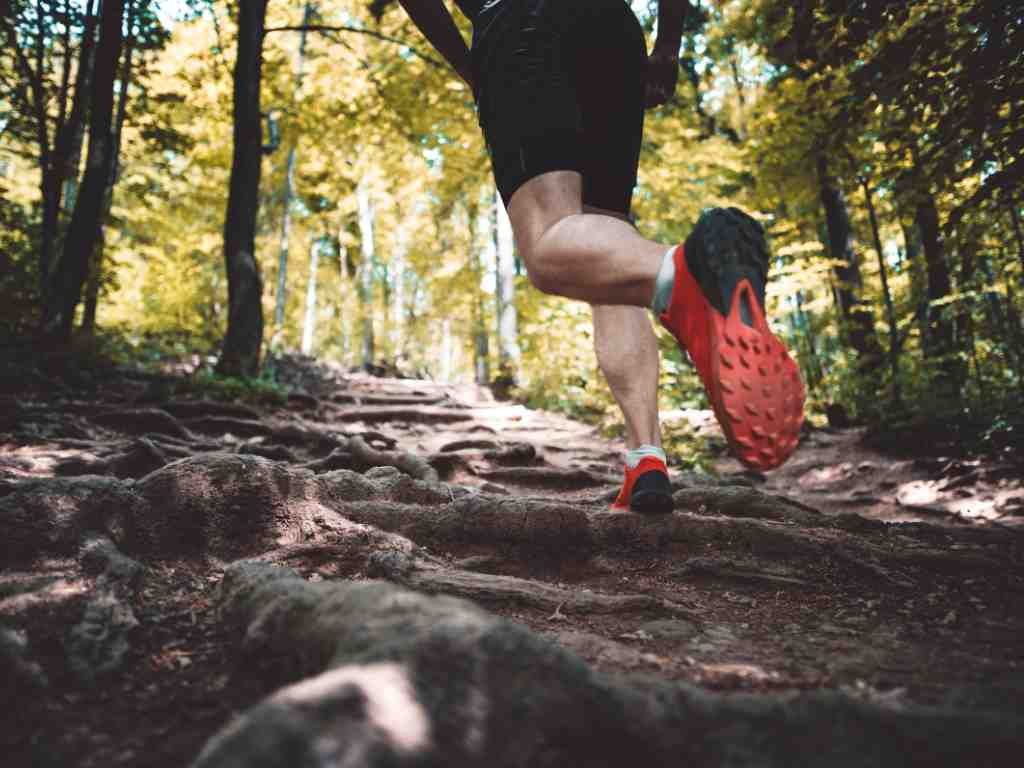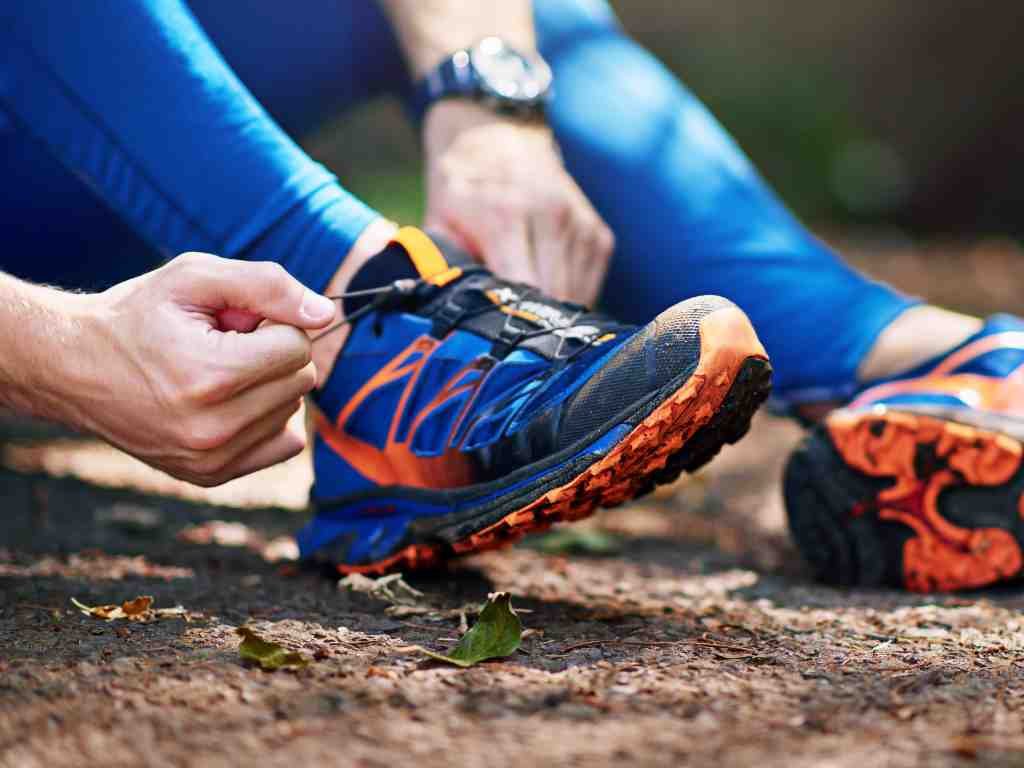Understanding Trail Running

Trail running is a form of running that takes place on natural terrains, rather than well-paved roads. This dynamic sport sets itself apart from conventional road running by its diversity in surface and environment. Trail runners often encounter a variety of terrains, including dirt paths, rocky trails, and steep elevation changes, which introduce a series of unique challenges. These elements of unpredictability not only engage the body differently but also stimulate the mind, fostering a more immersive and invigorating experience.
The physical benefits of trail running are substantial. The varied terrain enhances balance and coordination, as runners must constantly adapt their foot placement to navigate obstacles such as roots, rocks, and inclines. This not only develops muscular strength but also contributes to improved cardiovascular fitness as the body works harder to manage ascents and descents. Moreover, running in natural settings has been shown to reduce stress, improve mood, and enhance mental clarity, creating a holistic approach to physical activity. The psychological benefits are often magnified in trail running, as the engagement with nature can provide a sense of serenity and fulfillment that is distinct from running on city streets.
As runners explore trails, it becomes crucial to adopt a responsible approach towards nature. Practicing Leave No Trace principles ensures that these natural landscapes remain unspoiled for future runners and hikers. This encompasses actions such as staying on marked paths, carrying out what you carry in, and being mindful of local wildlife. By respecting the environment, trail runners can enjoy the grandeur of the outdoors while contributing to its preservation, ensuring that trail running remains an inviting and accessible activity for generations to come.
Essential Gear for Trail Running
When embarking on the journey of trail running, selecting the appropriate gear is paramount for both performance and safety. The first and most critical piece of equipment is a good pair of trail shoes. These shoes are specifically designed to provide enhanced grip and stability on uneven terrain. Features such as deep lugs on the outsole ensure better traction, while reinforced uppers protect your feet from rocks and roots. It is advisable to try on multiple brands and styles to find the perfect fit that offers the necessary support and comfort for your unique foot shape.
Clothing choices also play a vital role in your trail running experience. It is essential to wear moisture-wicking fabrics that can keep you dry and cool, regardless of the weather conditions. Layering is key, as it allows you to adjust your clothing based on changes in temperature. For colder days, including a lightweight, breathable jacket can provide protection from wind and light rain. In addition, wearing a hat or visor helps shield your eyes from sunlight, while proper socks made from synthetic materials can prevent blisters.
Hydration and nutrition should not be overlooked when planning a trail run. Carrying water is essential, especially on longer routes. Consider using a hydration pack or handheld bottle to ensure you remain hydrated throughout your adventure. Additionally, having energy snacks such as gels or protein bars is beneficial to replenish your energy during extended runs.
- 100% Nylon
- Imported
- Lightweight 12 L Hydration Backpack: Super lightweight 8.5 oz hydration pack backpack with 2 L water bladder. Waterproof and tear-resistant fabric, PU coated nylon hydration pack bears 25 lbs
In terms of safety, investing in a headlamp is critical if you plan to run during low-light conditions. This piece of gear enhances visibility and allows you to navigate potential obstacles safely. It is also advisable to carry a basic first aid kit to address any minor injuries that may occur. Optional accessories, such as trekking poles, can provide extra stability on challenging trails. By equipping yourself with the right gear, you will be better prepared to tackle the unique challenges that trail running presents.

Training Tips for Beginners
Beginning a journey in trail running necessitates an understanding of effective training strategies and a structured plan. To build a solid foundation, it is advisable for beginners to start with shorter runs on flat surfaces. This initial phase helps in establishing a cardiovascular base and enhances overall stamina, which is paramount for tackling more challenging terrains later. Incorporating quick walks or runs of 20 to 30 minutes into your routine a few times a week can facilitate gradual adaptations to increased physical activity.
As you progress, it is essential to gradually introduce hill workouts and uneven paths. Start by incorporating small inclines into your runs, allowing your body to adapt without overwhelming it. This cautious approach minimizes the risk of injury, which is critical for any first-time trail runner. A consideration of the terrain you will be running on will help in preparing your muscles for the varying demands of trail running.
In addition to running, integrating strength training exercises into your regimen is invaluable. Focus on workouts that target the legs, core, and upper body to build functional strength, which is vital for navigating uneven ground. Exercises such as lunges, squats, and planks can significantly enhance trail running performance. Moreover, cross-training activities, such as cycling or swimming, can provide your body with a break from repetitive motion, while also building endurance and strength.
Equally crucial is the incorporation of rest days into your training schedule. These days allow for recovery, enabling your muscles to repair and prevent burnout. Learning to listen to your body is a fundamental aspect of training; if you experience discomfort or fatigue, it is wise to adjust your training intensity accordingly. By adopting a gradual approach and tailoring your plans based on your progress and comfort levels, you can cultivate a sustainable trail running practice that promotes both enjoyment and personal development.
Discovering Local Trails
For beginners venturing into the world of trail running, discovering suitable local trails is an essential step. Identifying trails that match your skill level and personal interests can enhance your overall experience, ensuring it remains enjoyable and safe. There are several resources and tools available to assist in locating nearby trails.
Trail apps like AllTrails, Trailforks, and Komoot are excellent starting points. These applications offer expansive databases of trails, complete with user-generated reviews, photos, and difficulty ratings. Each trail is usually categorized by its skill level, providing you an idea of whether it will suit your running capabilities. Many of these platforms also allow users to filter trails based on features such as length, elevation gain, and trail type, making it easier to match a trail with your preferences.
Additionally, websites such as the American Trails or the Outdoor Project can provide comprehensive lists of trails within your area. This is particularly helpful for understanding which trails are accessible and their specific characteristics. Community input found on forums or social media groups can also be beneficial. Joining local trail running clubs or groups often leads to valuable recommendations. Engaging with seasoned trail runners can help you discover hidden gems that may not be as well-publicized.
When assessing a trail’s difficulty, consider reviewing the elevation profile and trail descriptions on the aforementioned platforms. Look for amenities like restrooms, parking, and water stations, which can enhance your comfort while running. As a beginner, it is advisable to start with shorter, less technical trails before gradually progressing to more challenging routes.
By utilizing these resources and connecting with the trail running community, you’ll be well-equipped to discover local trails that fit your interests and skill level, paving the way for an enjoyable trail running experience.






